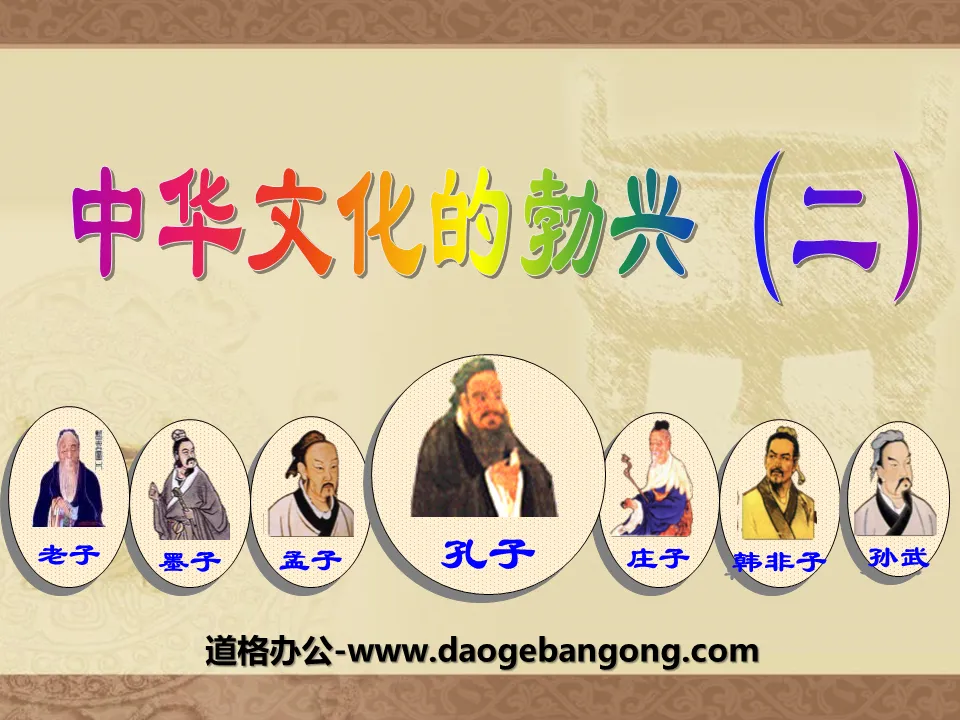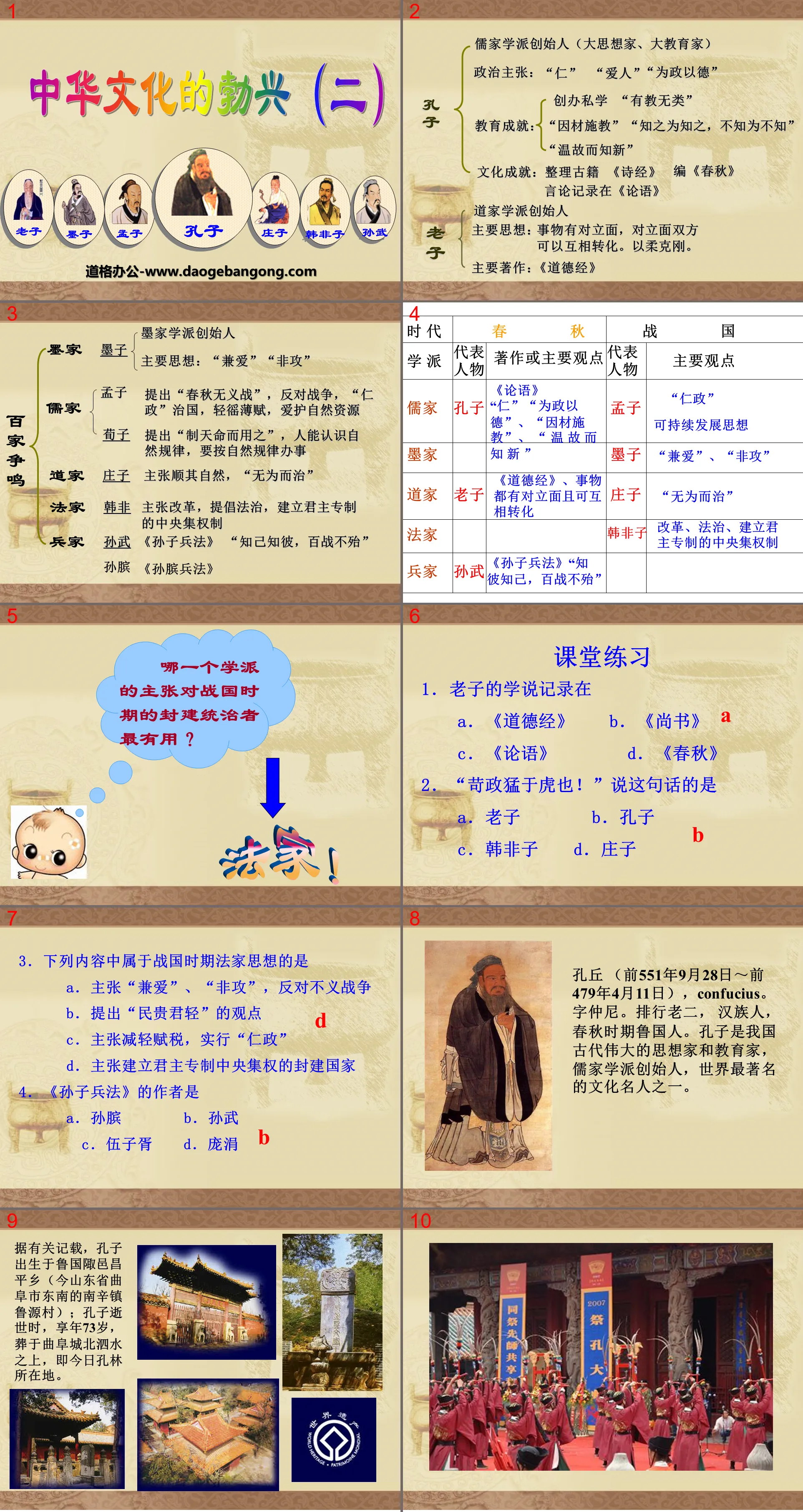The second volume of history for eighth grade compiled by the People's Education Publishing House
Zhonghua Book Company Edition Eighth Grade History Volume 2
People's Education Edition Eighth Grade History Volume 1
People's Education Press Seventh Grade History Volume 1
Zhonghua Book Company Edition Seventh Grade History Volume 2
Volume 1 of the seventh grade history compiled by the People's Education Publishing House
Yuelu Edition Seventh Grade History Volume 2
People's Education Edition History and Society 9th Grade Part II
East China Normal University Edition Seventh Grade History Volume 1
People's Education Press Seventh Grade History Volume 2
People's Education Press History and Society Grade 7
People's Education Edition Eighth Grade History Volume 2
People's Education Press Ninth Grade History Volume 2
People's Education Press History and Society Grade 9
People's Education Press History and Society for Grade 8 Volume 1
Yuelu Edition Seventh Grade History Volume 1

| Category | Format | Size |
|---|---|---|
| People's Education Press Seventh Grade History Volume 1 | pptx | 6 MB |
Description
"The Rise of Chinese Culture (2)" The emergence of the country and the transformation of society PPT courseware 6
Confucius
Founder of Confucianism (great thinker, great educator)
Political views: "Benevolence", "Love for others", "Government with virtue"
Educational achievements:
Establishing a private school "education without distinction"
"Teach students in accordance with their aptitude" "Know what you know, don't know what you don't know"
“Review the past and learn the new”
Cultural achievements: Collating the ancient book "The Book of Songs" and compiling "Spring and Autumn"
The remarks are recorded in The Analects of Confucius
Lao Tzu
Founder of Taoist school
Main idea: Things have opposites, and opposites can transform into each other. Use softness to overcome hardness.
Main works: "Tao Te Ching"
Class exercises
1. Laozi’s teachings are recorded in
A. "Tao Te Ching" B. "Shang Shu"
C. "The Analects of Confucius" D. "Spring and Autumn"
2. "A harsh government is fiercer than a tiger!" said this sentence.
A. Lao Tzu B. Confucius
C. Han Feizi D. Zhuangzi
3. Which of the following contents belongs to Legalist thought during the Warring States Period?
A. Advocates "universal love" and "non-aggression" and opposes unjust wars
B. Put forward the view that "the people are more important than the monarch"
C. Advocates reducing taxes and implementing "benevolent government"
D. Advocated the establishment of a feudal country with an autocratic monarchy and centralized power
4. The author of "The Art of War" is
A. Sun Bin B. Sun Wu
C. Wu Zixu D. Pang Juan
Reading material:
1 "A benevolent person loves others, loves everyone, and is close to his family."
Question: According to the material, what ideas did Confucius put forward?
Put forward the theory of "benevolence"
2 "Be frugal with money and love people, so that people can use their time; choose what can be done and work hard; use small amounts of money to restrain it."
Question: Based on the materials, what specific explanations did Confucius make on "benevolence"?
Advocates "loving people" and cherishing people's strength
3 One day, Confucius went to Qi State and passed Mount Tai. He saw a woman crying in front of her grave. He stopped his student Zilu and asked about it. He learned that it was harsh government that forced them to leave their hometown. When they came here, their relatives were killed by tigers again. In this case, they still do not want to return to their hometown. Confucius sighed: "The brutal rule is more powerful than the tiger!".
Question: According to the data, what behaviors did Confucius require rulers to strictly prohibit in practice?
Oppose “tyranny” and “arbitrary executions”
Mozi (about 468 BC to 376 BC), named Zhai. Founder of the Mohist School. A famous thinker, scientist, and human rights activist during the Warring States Period in China. There is a book "Mozi" handed down from generation to generation.
Mencius (372 BC - 289 BC, a native of Shandong. Named Ke. A great thinker in ancient China. One of the representative figures of Confucianism during the Warring States Period. Author of the book "Mencius".
Mencius inherited and carried forward Confucius' thoughts and became a generation of Confucian masters second only to Confucius. He was known as the "Senior Sage" and was called "Confucius and Mencius" together with Confucius.
Xunzi (313 BC - 238 BC) was famous. A native of Zhao during the Warring States Period, he was a famous thinker, writer, politician and representative of the Confucian school.
Zhuangzi (about 369 BC - 286 BC), named Zhou, was a native of the Song Dynasty during the Warring States Period. A famous thinker, philosopher, and writer, he is a representative of the Taoist school and the inheritor and developer of Laozi's philosophical thoughts. Later generations will call him "Laozi and Zhuangzi" together.
Keywords: Teaching courseware on the emergence of the state and the transformation of society, teaching courseware on the rise of Chinese culture, PPT courseware download for seventh-grade history volume 1 of the People's Education Edition, downloading history slideshow courseware for seventh-grade students, downloading PPT courseware on the emergence of the country and the transformation of society, Download the PPT courseware on the rise of Chinese culture in .PPT format;
For more information about the PPT courseware "The Emergence of the Nation and the Transformation of Society and the Rise of Chinese Culture", please click the tag "The Rise of the Nation and the Transformation of Society ppt The Rise of Chinese Culture" ppt.
"The Rise of Chinese Culture (2)" The emergence of the country and the transformation of society PPT courseware 7:
"The Rise of Chinese Culture (2)" The emergence of the country and the transformation of society PPT courseware 7 The founder of the Confucian school of Confucius (a great thinker, a great educator) Political views: Benevolence for people and governance with moral education Achievements: Founding a private school to teach students in accordance with their aptitude To know is to know,...
"The Rise of Chinese Culture (2)" The emergence of the country and the transformation of society PPT courseware 5:
"The Rise of Chinese Culture (2)" The Emergence of the State and Social Change PPT Courseware 5 What major events occurred in our country's economy, politics, and military during the Spring and Autumn Period and the Warring States Period? Western scholars say that there are three saints in the world, one is Jesus, the founder of Christianity, and the other...
"The Rise of Chinese Culture (2)" The emergence of the country and the transformation of society PPT courseware 4:
"The Rise of Chinese Culture (2)" The emergence of the country and the transformation of society PPT courseware 4 Learning objectives: Master Confucius's political thought and educational achievements, and understand the opinions of various factions in the contention of a hundred schools of thought. Knowledge and Abilities: Combine the historical facts of this course with the politics and economics of the Spring and Autumn and Warring States periods...
File Info
Update Time: 2024-11-24
This template belongs to History courseware People's Education Press Seventh Grade History Volume 1 industry PPT template
"The Rise of Chinese Culture (2)" The emergence of the country and the transformation of society PPT courseware 6 Simple campus recruitment activity planning plan summary enterprise and institution recruitment publicity lecture PPT template is a general PPT template for business post competition provided by the manuscript PPT, simple campus recruitment activity planning plan summary enterprise and institution recruitment promotion Lecture PPT template, you can edit and modify the text and pictures in the source file by downloading the source file. If you want more exquisite business PPT templates, you can come to grid resource. Doug resource PPT, massive PPT template slide material download, we only make high-quality PPT templates!
Tips: If you open the template and feel that it is not suitable for all your needs, you can search for related content "The Rise of Chinese Culture (2)" The emergence of the country and the transformation of society PPT courseware 6 is enough.
How to use the Windows system template
Directly decompress the file and use it with office or wps
How to use the Mac system template
Directly decompress the file and use it Office or wps can be used
Related reading
For more detailed PPT-related tutorials and font tutorials, you can view: Click to see
How to create a high-quality technological sense PPT? 4 ways to share the bottom of the box
Notice
Do not download in WeChat, Zhihu, QQ, built-in browsers, please use mobile browsers to download! If you are a mobile phone user, please download it on your computer!
1. The manuscript PPT is only for study and reference, please delete it 24 hours after downloading.
2. If the resource involves your legitimate rights and interests, delete it immediately.
3. Contact information: service@daogebangong.com
"The Rise of Chinese Culture (2)" The emergence of the country and the transformation of society PPT courseware 6, due to usage restrictions, it is only for personal study and reference use. For commercial use, please go to the relevant official website for authorization.
(Personal non-commercial use refers to the use of this font to complete the display of personal works, including but not limited to the design of personal papers, resumes, etc.)
Preview










